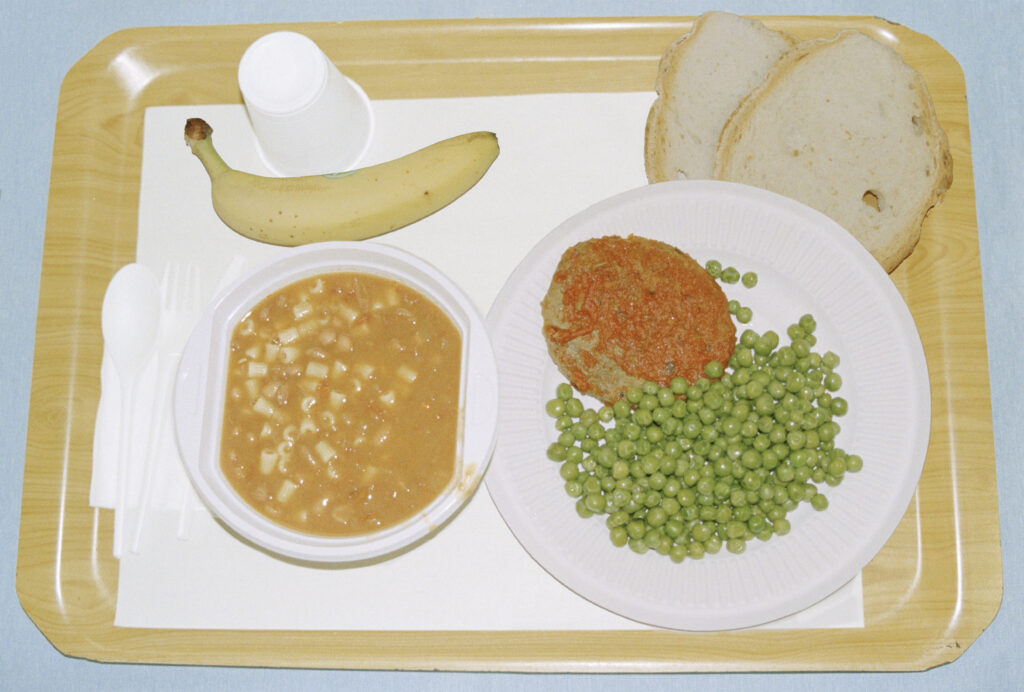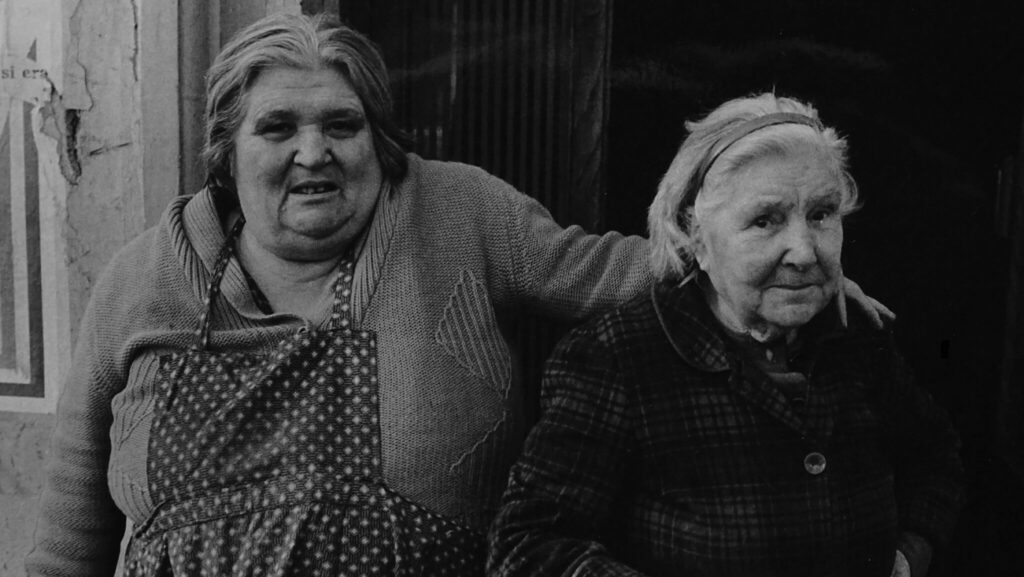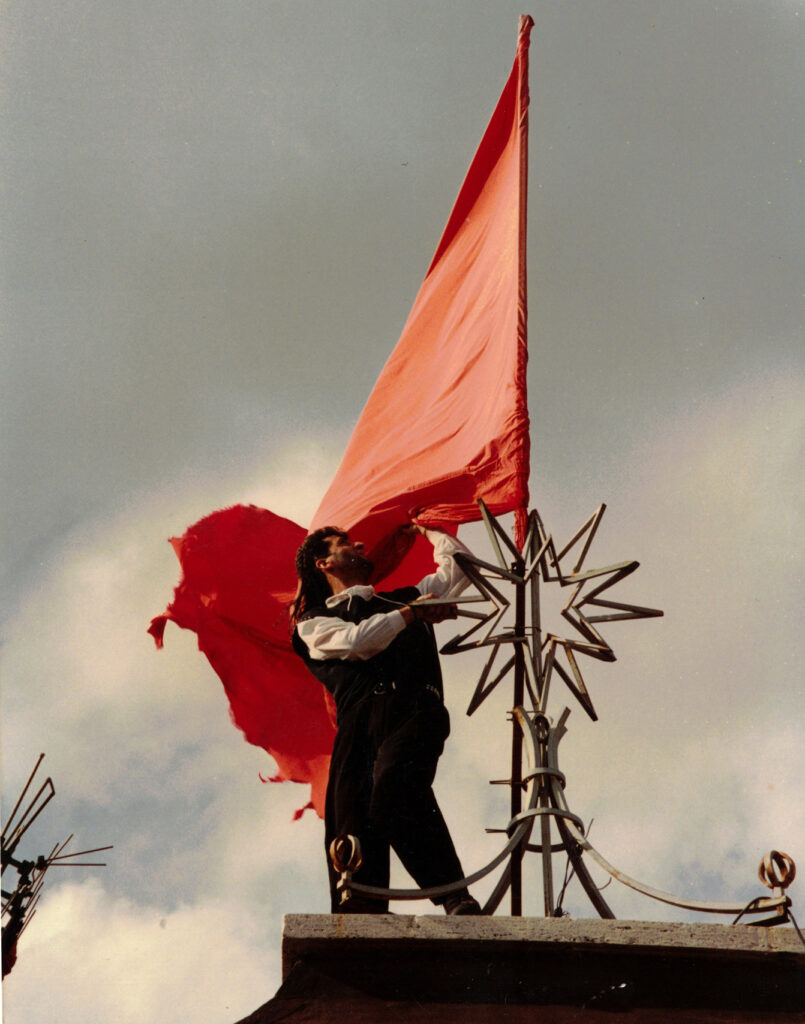Testaccio (Rome)

The “Cucina Economica”
The Cucina Economica of Testaccio, at 37 Via Mastro Giorgio, is one of three “affordable kitchens” operated by the Circolo San Pietro in Rome. Open since 1890, it serves over 40,000 lunches a year to those in need through a voucher system managed by local parishes.
Written by Nicola Gerundino

The Political Kitchen
This is the story of Rome’s first self-managed trattoria, founded in the 1970s in the Testaccio neighborhood. A group of eighteen young men and women came together with the idea of creating an alternative kind of business—one free from bosses and the alienation of conventional jobs.
Written by Marco Cinque

My yellow-and-red Table
It’s hard to imagine a more Roman reaction than this. Just like it’s hard to imagine a neighbourhood more Roman than Testaccio. And finding one that’s more Romanista is absolutely impossible. Roma Club Testaccio embodies all this: being a Roman and a Romanista for generations is an essential identity trait.
Written by Giulio Pecci

The World’s Kitchen
Immigrants take action against marginalization and misinformation. The Borsa spaces of the Ex Mattatoio in Testaccio has been occupied. The multiracial centre Villaggio Globale is born.
Written by Nicola Gerundino

A Kitchen and its Fire
To speak authoritatively about tradition, you need to have tasted it deeply, especially when it comes to cult foods like Roman-style pizza. That’s why it seems just fitting to turn to Jacopo Mercuro, the pizzaiolo behind the acclaimed 180 Grammi, to dive into the world of traditional pizzerias that have shaped Testaccio’s culinary backbone.
Written by Lorenzo Sandano

The Restaurant Kitchen
Rome’s culinary tradition is ancient. Classic dishes are tied to legendary names—chefs and creators of recipes who, then as now, continue to reinvent one of the world’s most renowned cuisines. In the Testaccio neighborhood, three restaurants stand out at this level: Checchino, Flavio, and Piatto Romano.
Written by Lorenzo Sandano

The district of food and kitchens
The Testaccio neighborhood in Rome has a millennia-old history, beginning with the port and warehouses of the Roman era and evolving with the construction of the public slaughterhouse in the late 19th century. From its discarded cuts of meat, the ‘quinto quarto’ cuisine was born—today considered the quintessential expression of the city’s culinary tradition.
Written by Nicola Gerundino